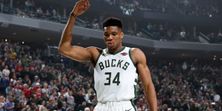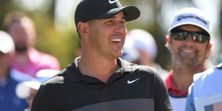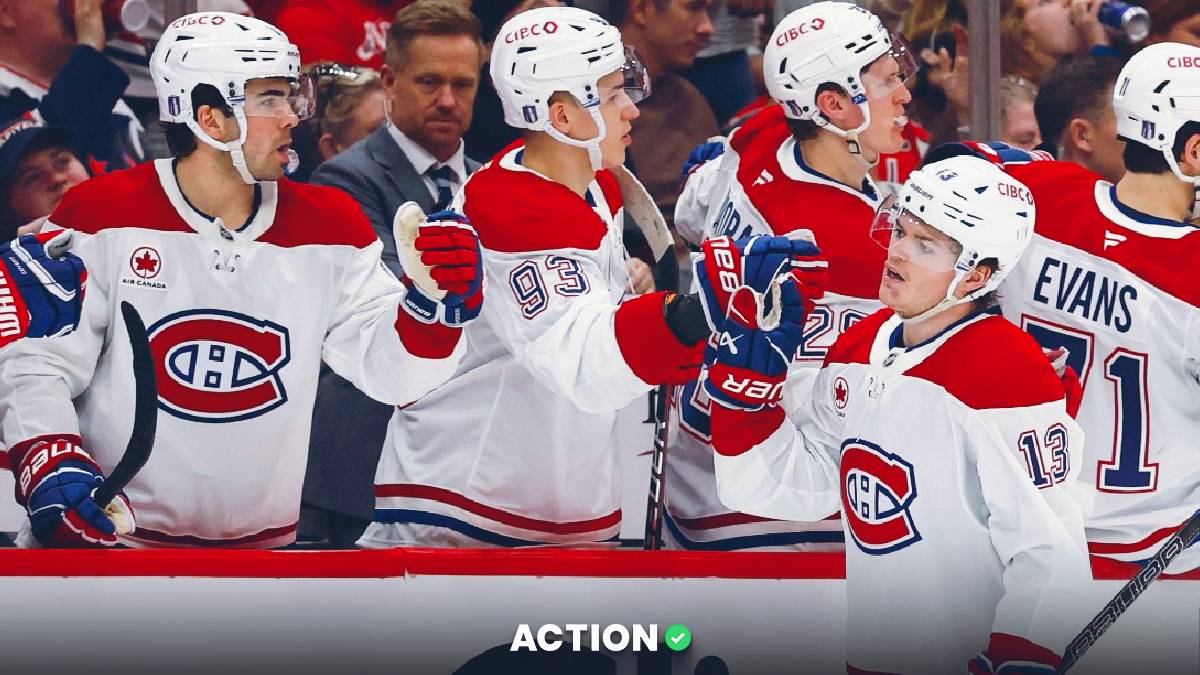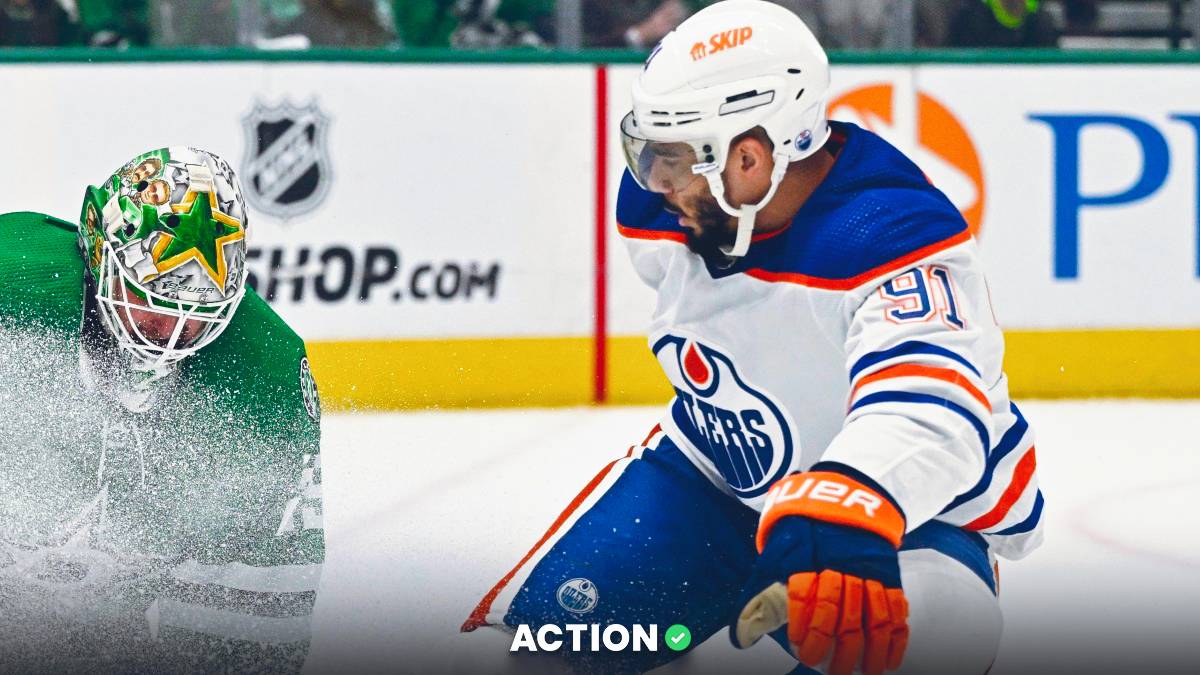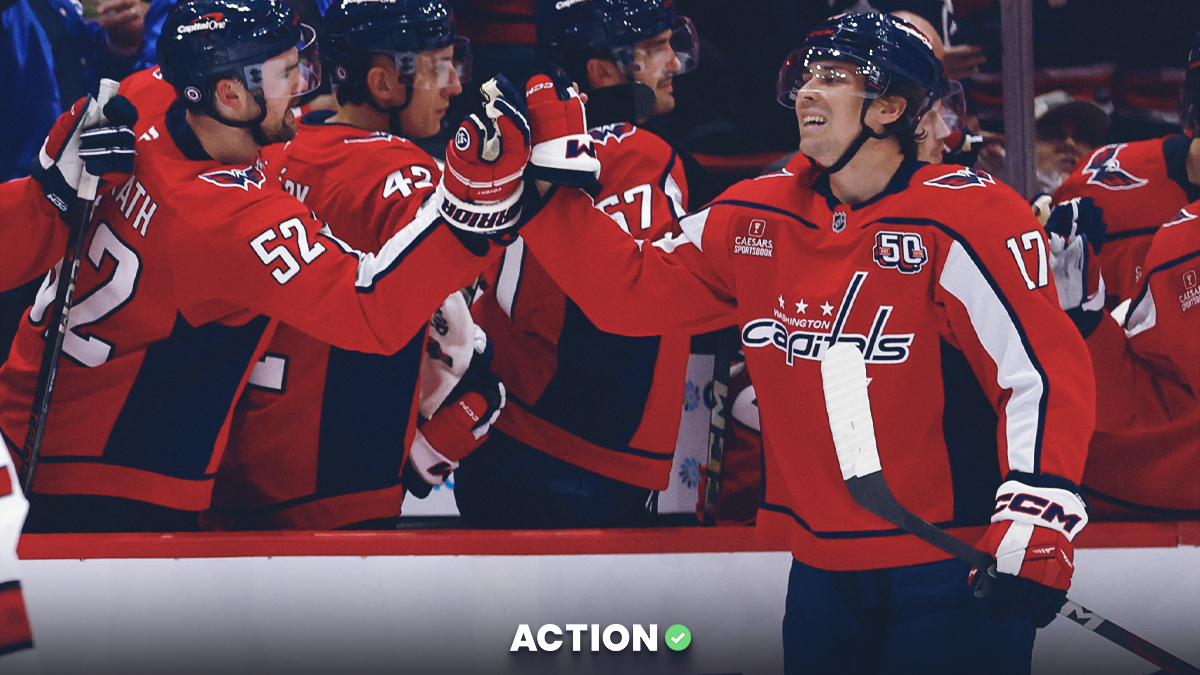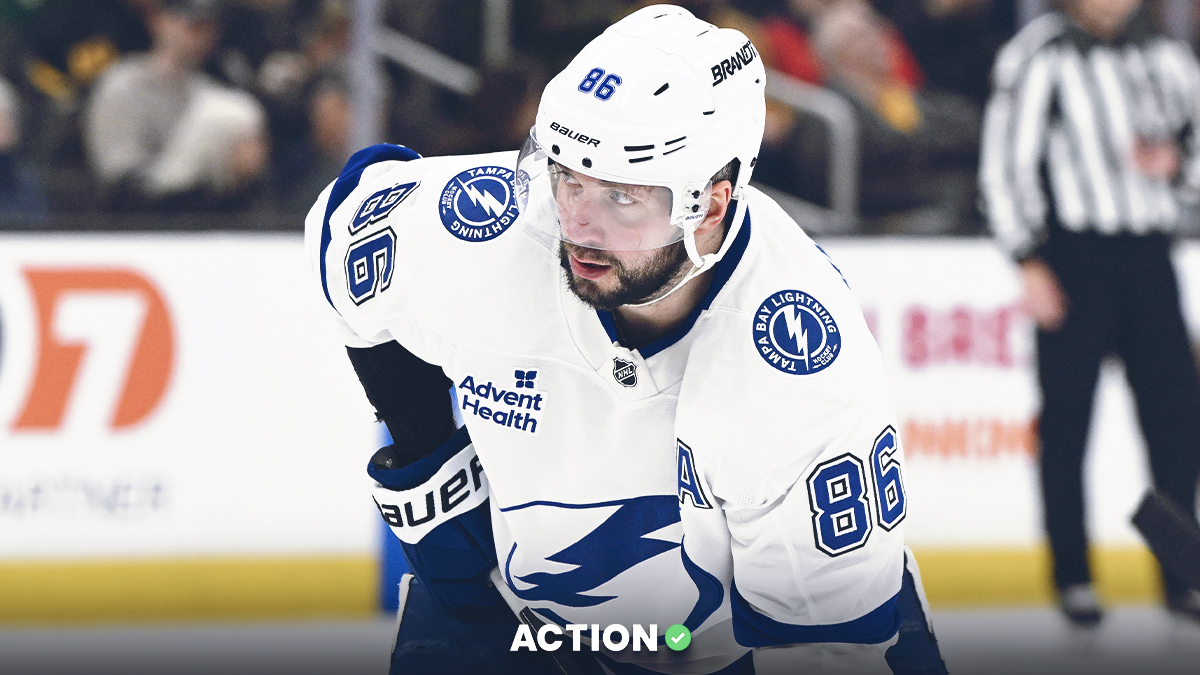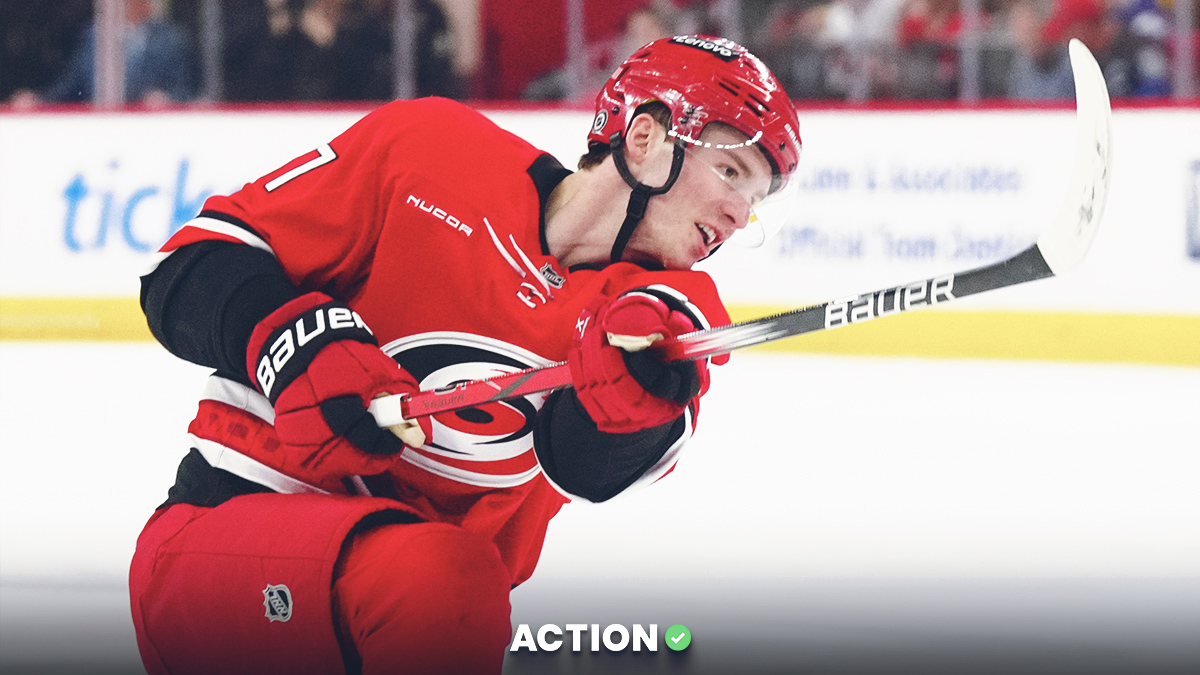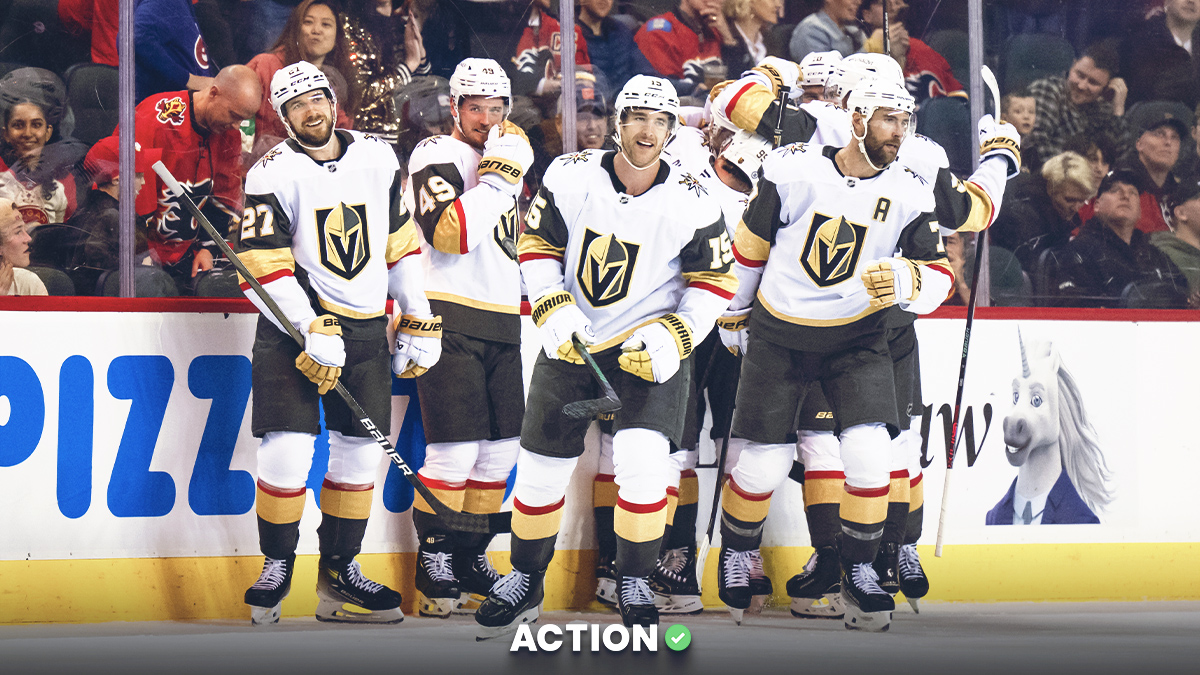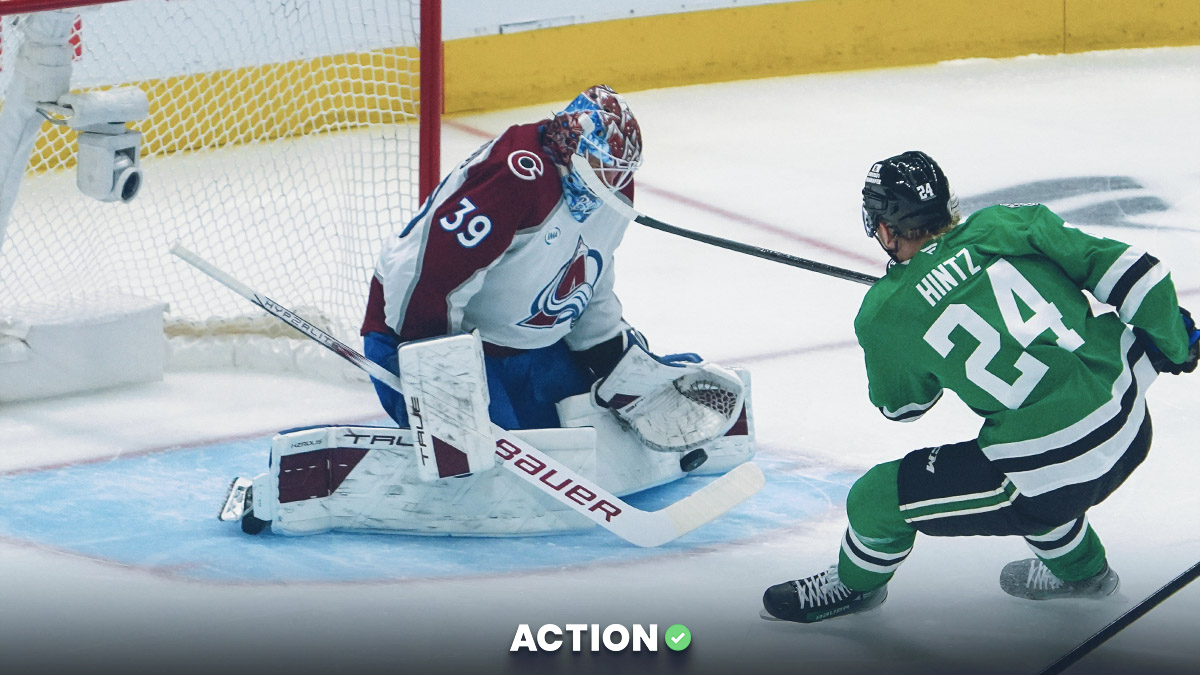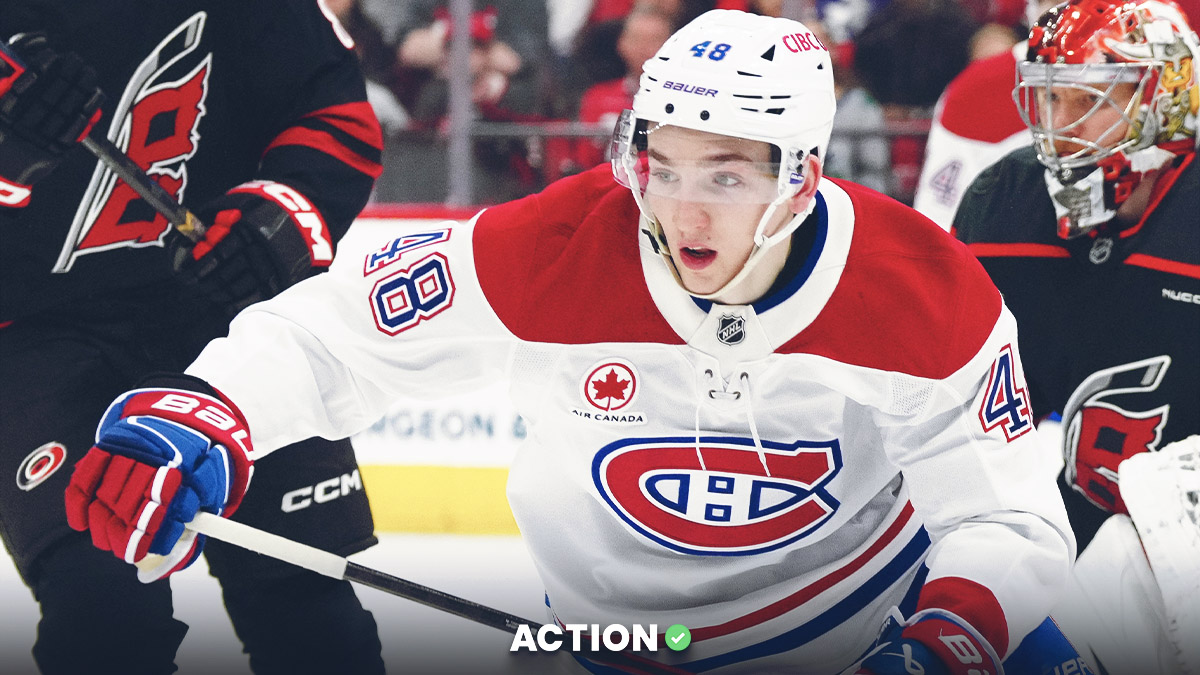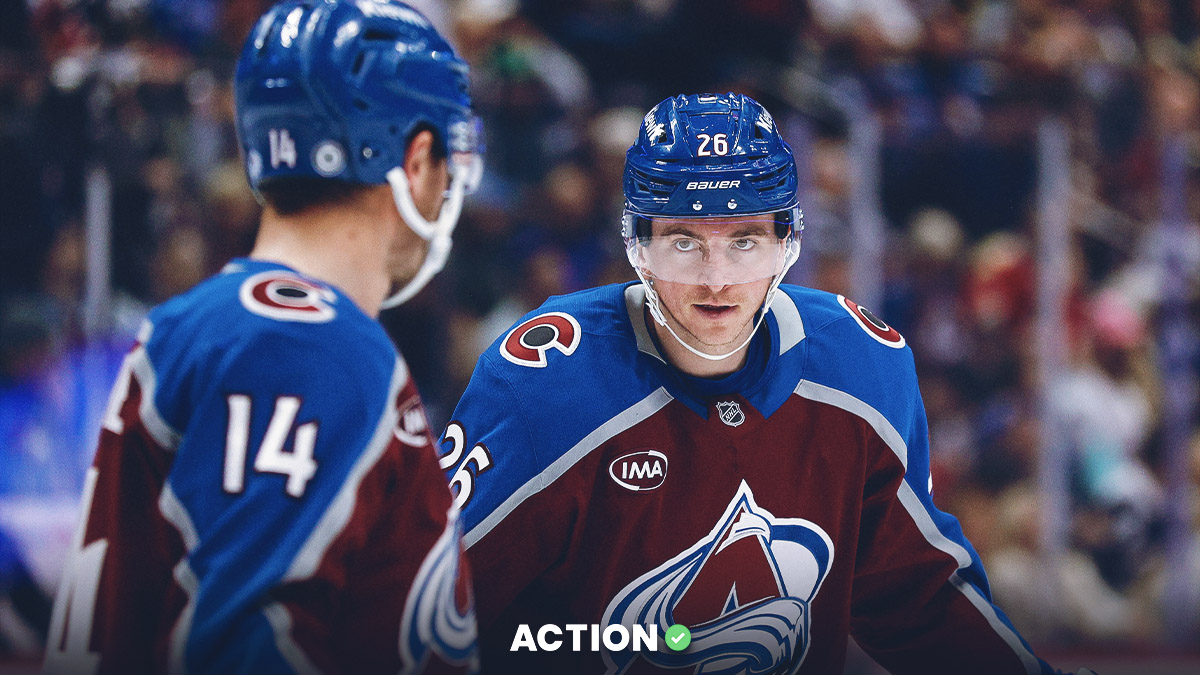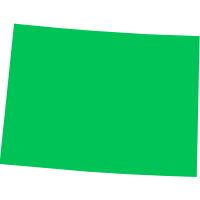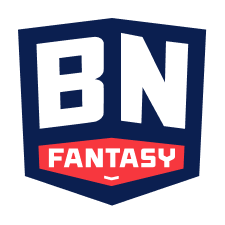Dallas Stars vs. St. Louis Blues Odds
| Stars Odds | +123 [BET NOW] |
| Blues Odds | -143 [BET NOW] |
| Over/Under | 5 (-141/+117) [BET NOW] |
| Time | Sunday, 3 p.m. ET |
| TV | NBC |
Odds via DraftKings. Get up to a $1,000 sign-up bonus at DraftKings today or see more offers and reviews for the best online sportsbooks.
It hasn’t been a great week for the Dallas Stars and St. Louis Blues. Both teams lost two straight games and at times looked completely overmatched. The statistics show the Blues are a tire fire and the Stars are underwater.
All this is why the line for this game is so unexpected. On DraftKings, the Stars are +124. That seems wildly misguided. It places a lot faith in a Blues team whose potent, 30-goal-scoring right wing, Vladimir Tarasenko, missed last game with an injury.
It also bears mentioning that the Blues have the worst expected goals per 60 minutes of any team in the postseason. For them to be heavily favored seems like a gift to bettors.
Dallas Stars
It would be easy to pin the Stars’ performance against Colorado on the injury of John Klingberg. Klingberg is a top-four defenseman for Dallas and his replacement, Thomas Harley, made plenty of mistakes. But Klingberg’s absence does not excuse the foolhardy neutral zone play of his teammates.
A bevy of odd-man rushes were generated because of Stars’ skaters trying to confront the puck as it left the offensive zone. But when they missed, it opened the door to an Avs counterattack the other way.
Through two games, only the defensively-challenged Blackhawks and Rangers have allowed more high-danger chances against per hour.
One tactic that Stars coach Rick Bowness unearthed against the Avs is that sticking Roope Hintz with Tyler Seguin and Jamie Benn has sizzle. In an otherwise distressing outcome, those three notched eight shots on goals while allowing only three. They finished with a 65.91% expected goals.
Hintz is the engine driving the line. He leads the team in expected goals percentage and the Stars have outshot their opponents by 10 when he is on the ice. Hintz has the speed to slash to the net, but he also protects it well on the cycle.
What Bowness needs to determine is how to get Denis Gurianov and Alexander Radulov going. Gurianov led the team in goals during the regular season, but in the postseason he has been suffocated, proffering an expected goals of 34.57%. Through two games, Radulov has one 5-on-5 shot. Yikes.
One way to spark the two might be putting them on the ice with Miro Heiskanen. The young Stars defenseman has been dynamic, leading rushes, driving pucks from the point, and adding color to an otherwise drab picture. During the postseason, when Gurianov is on the ice with Heiskanen, the expected goals percentage soars.
The numbers aren’t there in the postseason with Heiskanen and Radulov, but the regular season metrics are superb.
Expected goals (also known as xG) is a predictive statistic that gives an indication of whether results are based on sustainable factors like a steady creation of scoring chances, or whether it is down to aspects such as shooting luck or outstanding goaltending.
Simply put, an expected goals rate (xGF%) above 50% is considered good because it means a team is creating the majority of the scoring chances. Anything below 50% is usually a sign that a team is struggling to control play.
xG numbers cited from Evolving Hockey.
St. Louis Blues
The best offensive weapon for the Blues against the Vegas Golden Knights was far and away defenseman Colton Parayko. Parayko accounted for one-third of the Blues’ high-danger chances and collected two goals.
But his two strikes in the four goals the Blues recorded were not enough because the Blues are getting torched on the penalty kill.
The Blues rank dead last on the penalty kill in the playoffs, clocking in at 70%. Avalanche forward Nazem Kadri scored his buzzer-beater goal against St. Louis on the man advantage. The Blues gave Vegas five power-play chances, conceding two goals.
While the Blues were a below-average team on the penalty kill during the regular season, they were not facing the high-powered offenses of Colorado or Vegas every night.
A lingering concern has been exacerbated. St. Louis’s wayward discipline is especially unmanageable because the team is besieged by injury and also may have trust issues.
Tarasenko played poorly in the first round-robin game against Colorado and his absence against Vegas indicates that he is still battling injury. Against the Avs, Tarasenko’s line with Jaden Schwartz and Brayden Schenn got skewered.
They allowed seven 5-on-5 shots while mustering only two and had the worst expected goals against — .35 — of any forward line on the team by a wide margin.
This didn’t seem to sit well with Blues coach Craig Berube. At 5-on-5, depth forwards like Troy Brouwer and Oskar Sundqvist saw more ice time, and Ryan O’Reilly and David Perron accrued a lot more minutes at 5-on-5.
Ironically, Schwartz and Schenn played far better than they did in Game 1. They were the only forwards not under 50% in expected goals. Their line with Jordan Kyrou registered more shots than they allowed, an almost unfathomable prospect in a game where at one point the Golden Knights had triple the amount of shots as the Blues.
As the reader might expect, against Vegas the bottom-six forwards did not fare well. The fourth line of Alexander Steen, Oskar Sundqvist and MacKenzie MacEachern managed to see more ice time at 5-on-5 than the Schwartz line, yet they got throttled, conceding five shots while only producing one. They finished with a 10.07% expected goals and surrendered a goal.
If Berube views the round robin as an exhibition, maybe this strategy can be rationalized. Considering Berube is coming off a Cup victory, one doesn’t want to be too skeptical.
Maybe he is doling out ice time to his players in quasi-equitable fashion because this is a tune-up. At 5-on-5, the Blues have the worst shots per 60 minutes of any team in the playoffs. St. Louis can only solve that crisis by riding its top-six forwards and letting its defensemen activate as much as possible.
Betting Analysis
The Stars’ defense seemed completely flustered by the speed and transition of Vegas and Colorado. The Blues have neither of these facets. Frankly, the Stars match up quite well with the Blues.
Bowness will likely sic the Blake Comeau-Radek Faksa-Andrew Cogliano line on the Blues’ top lines of Ryan O’Reilly and David Perron or Schwartz and Schenn. And if Stars defensemen Heiskanen and Jamie Oleksiak clamp down on the Blues’ top-six forward line that is not facing the “FCC“ line, I think the Blues will struggle to score unless they are on the power play. On DraftKings, the Blues are -143, which is baffling.
For +123, I love Dallas.



